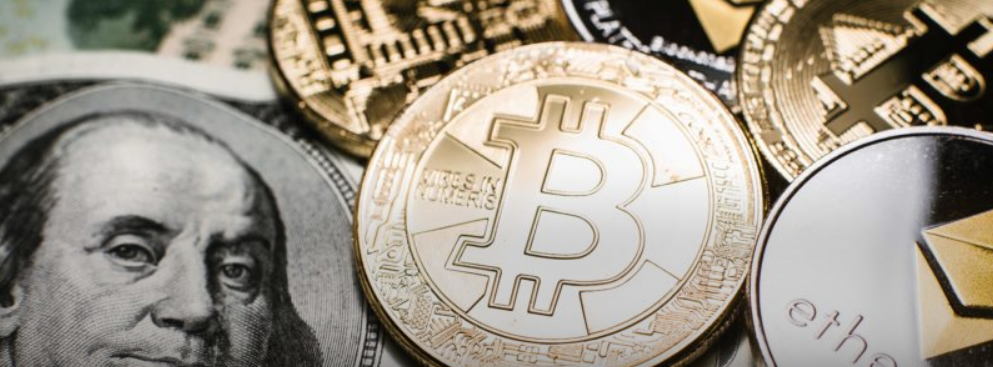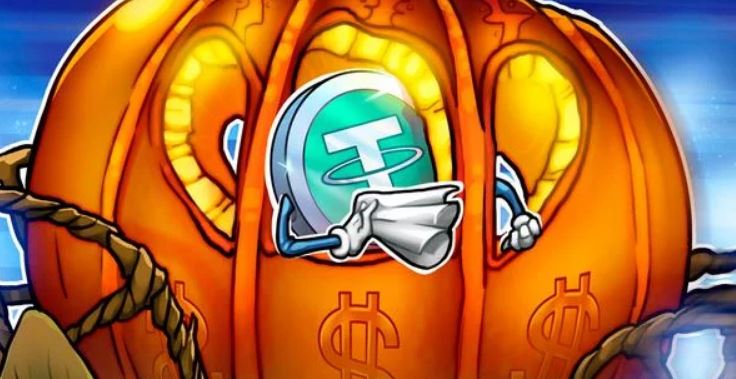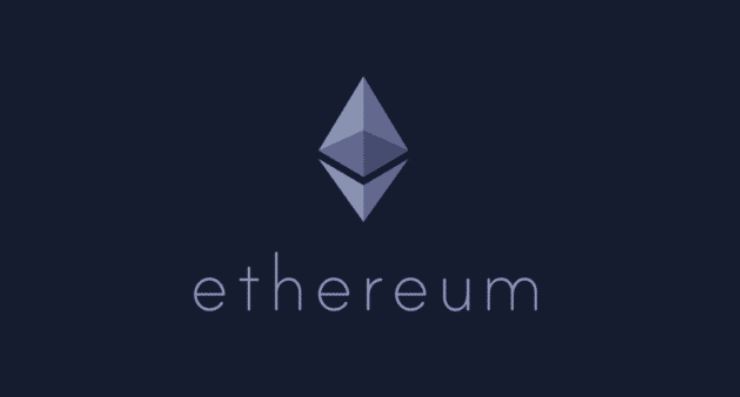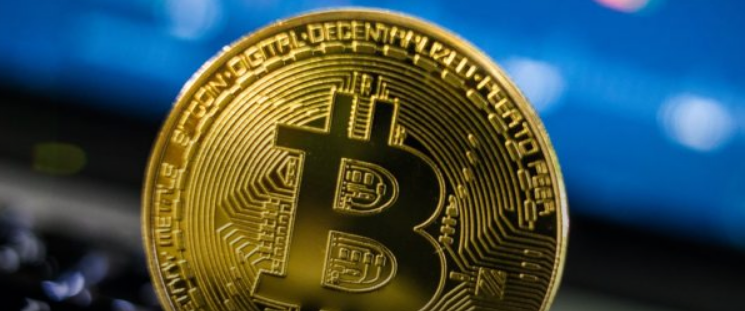Fiat-to-Crypto ‘Carry Trade’ May Tempt Traders Tired of Negative Interest Rates

With the era of negative interest rates well and truly here, return-hungry investors may increasingly borrow in low-interest fiat currencies and invest in higher-yielding cryptocurrency accounts.
“The fiat-BTC carry trade is the next step in bitcoin growth,” tweeted popular bitcoin quant investor @100trillionUSD on Oct. 10.
A carry trade is a strategy where a trader uses a low-yielding currency to fund a high-yielding investment.
For instance, the yen carry trade was popular in 2004-2008 when the Federal Reserve hiked rates from 1 percent to 5.25 percent and interest rates in Japan were stuck near 0.5 percent.
Investors borrowed in yen to fund dollar-denominated investments. As a result, the yen weakened by 20 percent against the U.S. dollar.
Currently, the carry trade in the FX markets is pretty much dead with almost every advanced nation having interest rates at or below zero.
But that situation bodes well for a new type of carry trade with a crypto twist.
Lucrative lending…
On the lending side, crypto-asset platforms like Binance, Crypto.com, Celsius Network, BlockFi are paying interest rates on cryptocurrency deposits. They fund this with interest earned from credit lines extended to margin traders and hedgers.
The interest rates are subject to fluctuations, either modified by the platform operator or influenced by the supply-demand mechanics of users interacting with the platform.
For instance, the Bitfinex exchange pays an annual interest rate of 0.66 percent interest on bitcoin deposits and provides loans at 0.59 percent, according to CoinMarketCap’s new Interest tracker.
In a sense, Bitfinex is operating as a commercial bank by charging a higher rate on loans and paying relatively less on deposits. (Think of the old 3-6-3 rule: “borrow at 3 percent, lend at 6 percent, hit the golf course at 3” – except unlike a bank, crypto exchanges never close.)
While Bitfinex is offering 0.66 percent, other platforms are paying significantly higher interest rates on bitcoin deposits, as seen in the chart below.

One possible reason for the disparity is that like a demand deposit at a bank, Bitfinex allows customers to withdraw at any time, whereas other crypto platforms require the money to be locked up for a period for weeks or months. Crypto.com, for instance, is paying 6 percent, but deposits need to be maintained at least for 90 days.
Then again, BlockFi also allows withdrawals any time (it even removed an early withdrawal penalty, allowing one free withdrawal per month) and it is offering an annual interest rate of 6.20 percent.
Meanwhile, crypto lending provider Nexo is offering up to 8 percent yield on deposits of stablecoins DAI, USD Coin (USDC), Paxos Standard (PAX), TrueUSD (TUSD) and Tether (USDT). Stablecoins are cryptocurrencies whose value is pegged to a fiat currency like the U.S. dollar.
…and cheap borrowing
The annual interest rates paid by crypto lending platforms are significantly higher than the rates across the advanced world, as seen below.
Central banks in Europe and Japan are running a negative interest rate policy (NIRP), under which financial institutions are required to pay an interest rate for parking excess reserves with the central bank.
The Swiss National Bank, which introduced negative rates in 2015, currently has the lowest rate in the world at -0.75 percent. The Bank of Japan (BOJ) cut rates to -0.1 percent in January 2016 and has been running the negative interest rate policy ever since.
The yield of -0.12 percent seen on the 10-year Japanese government bond is the side effect of BOJ’s market-distorting policies.
Also, corporate debt yields have recently hit unprecedented lows. For instance, Toyota Finance Corp will be issuing three-year notes at an unprecedented low yield of 0.0000000091 percent, according to Bloomberg. It means a trader buying 1 billion yen of the bonds would not even make 1 yen on maturity.
The situation is somewhat better for investors in the U.S. and U.K., where the target short-term rates set by the central bank stand at 1.75 percent and 0.75 percent, respectively. The benchmark 10-year government bond yields, however, are significantly lower than the interest rates paid by the likes of Nexo and Celsius Network.
More importantly, central banks running NIRP are unlikely to normalize their policy anytime soon, given the bleak outlook for the global economy. The International Monetary Fund (IMF) recently slashed its 2019 global growth forecast to 6 percent – the lowest since 2008.
All-in-all, interest rates across the globe are low and could slide further, boosting the allure of high-yielding crypto deposits.

Halving factor
Aside from the interest rate differential, there’s another reason borrowing fiat to buy bitcoin could pay off.
In May of next year, the amount of new bitcoin awarded to miners every 10 minutes or so will be cut in half for the third time in the cryptocurrency’s history. Historically, reward halvings have boded well for bitcoin’s price.
The next halving could reduce the amount of new bitcoin added to the market by $51 million per week at current prices, according to Alistair Milne, chief investment officer of Altana Digital Currency Fund.
As of writing, BTC is trading above $8,200, representing 120 percent gains on a year-to-date basis.
And, if the carry trade becomes popular, all else equal BTC should appreciate sharply against the USD, the way the greenback did against the Japanese Yen.
Disclosure: The author holds no cryptocurrency assets at the time of writing.
Crypto-fiat image via Shutterstock; charts by Trading View











Responses